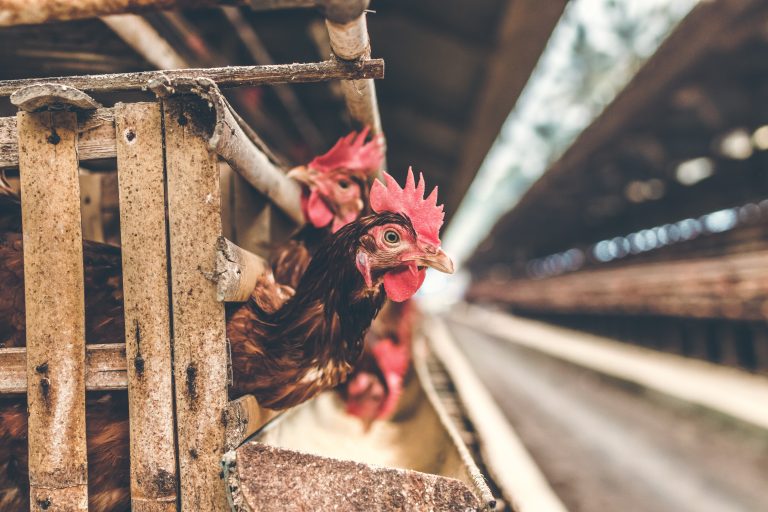Restaurants Struggle to Fill Vacant Job Openings

After experiencing the worst year for the hospitality industry in U.S. history, restaurants and bars are beginning to bounce back as vaccinated Americans reemerge into the world and Covid-19 restrictions ease. For instance, sales at the Miami coffee shop and eatery All Day spiked in January to their highest levels since the start of the pandemic. “It was like turning on a light switch,” said owner Camila Ramos. As customers continued to flood into All Day, she tried to hire new employees to relieve her increasingly strained staff.
This was easier said than done, however, as Ramos struggled to fill vacant positions that she thought would be snapped up quickly. So rather than continuing to stretch her staff to its limits, she instead decided to shut down for the entire month of February. “I couldn’t find people to hire,” said Ramos. “I just wanted some time to reset the operations.” And while other restaurants are not taking actions as drastic as All Day, they certainly share the problem of staff shortages just as business is picking up again.
“I don’t think anything like this has ever happened,” said Katie Button, a chef and restaurant owner in Asheville, North Carolina. “Everybody in the world is hiring at the same time.” Along with simultaneously searching for staffers, American restaurants are also drawing from a much smaller pool of workers than last year. Many people left the industry entirely rather than play the waiting game through 2020 to see if their jobs would return. Others were forced to leave expensive major cities after they lost their jobs or became furloughed. In fact, the company that operates celebrity chef Tom Collichio’s restaurants said that 80 to 85 percent of their kitchen staff moved out of New York during the pandemic. As a result, many restaurants are waiving experience requirements in order to get employees cooking. “I normally require three years’ experience, minimum, like zero exceptions,” said Ramos. “Now I’m like, ‘You’ve been here a couple times? I’ll train you.’”
Discussion/Questions:
- Why are American restaurants struggling to hire new employees just as many customers are returning?
- What do you think restaurants could do to attract potential new hires as the pandemic eases?
- What do you expect would happen to restaurant employee wages in the next three to six months if there continues to be a shortage of labor? How could this impact your restaurant bill?
Sources: Brett Anderson, “As Diners Return, Restaurants Face a New Hurdle: Finding Workers,” The New York Times, April 8, 2021. Photo by Linda Eller-Shein from Pexels.












